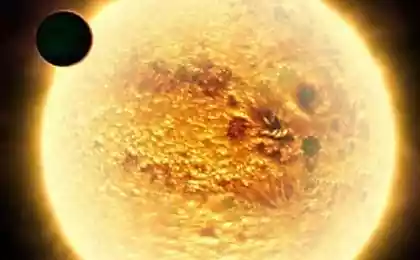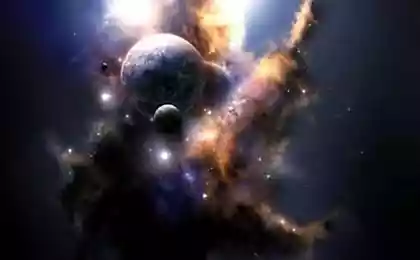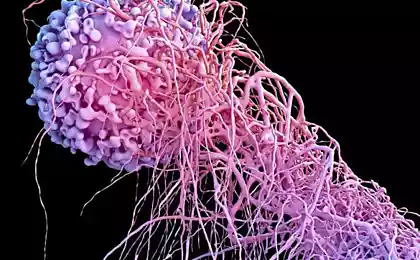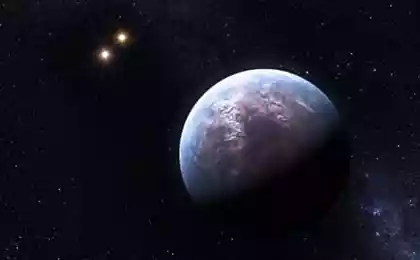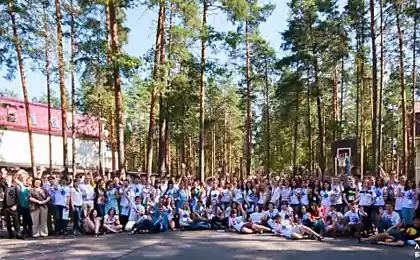1561
Astronomers discover new scientific methods to search for exoplanets
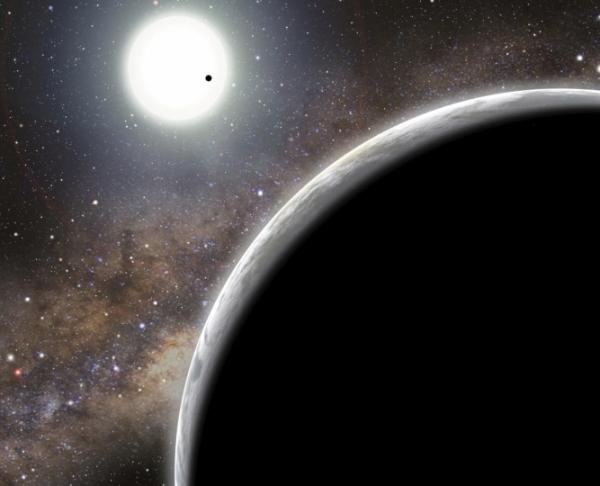
David Nesvorny, of the Southwest Research Institute in Boulder, Colorado, and his colleagues, working through the data sent by Kepler Sun-like star, defined as «Kepler Object of Interest 872", or simply - KOI-872, discovered something quite interesting - with the settlement passage observed exoplanets have been late.
"This discovery revealed a huge change in time of passage of a planet around its star than two hours» Nesvorny said in an interview with Discovery News. "At that time, we were sure that there is something important in the star system, causing such changes».
Turns out to be a planet candidate identified by Kepler team to study, in fact, are the two Saturn-sized worlds. One took place in orbit in detecting telescope Kepler, the second world, at the same time, was hidden from the "eye" of scientists.
Changes in travel time along the orbit, or TTV, never previously used to detect the planet, says astrophysicist Norman Murray, of the University of Toronto. "The use of TTV, to detect unseen planets, although it was forecasted about seven years ago, but never led to actual detections" ???? Murray writes in the online edition of the scientific journal Science on Thursday.
Another "invisible world" called Kepler-19c was detected by its gravitational interaction with ekzoplanetarnym sibling in 2011. Thus, the discovery of this new "invisible world» KOI-872, without a doubt, says similar detection methods.
Not so long ago, astronomers found another scientific method for the detection of hidden worlds.
"Radial velocity" - a method that searches for gravitational tug of planets orbiting in the light spectrum of the star. The method is "in transit", which uses a Kepler, discovers planets that cross the surface of the parent star, relative to point the telescope position, thus creating dark areas on the background of stars.
In California, broke real "Meteorite fever"
It was first detected light reflected from the solar system is super-Earths














